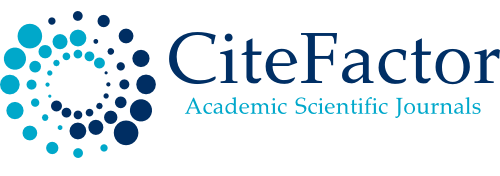Pengaruh Cara Pemberian PGPR Terhadap Kejadian Penyakit Antraknosa Pada Cabai di Lahan Basah
Abstract
Production of large red chili (Capsicum annuum L) in South Kalimantan decreased below the national production in 2019, this was due to anthracnose disease. Environmentally friendly control using materials from plants, namely PGPR (Plant Growth Promoting Rhizobacteria). This study aims to determine how to give PGPR to anthracnose in chili in wetlands and the benefits of providing information about how to give PGPR to anthracnose in chili. The study used roots from bamboo as the main ingredient for making PGPR, which was applied in various ways to chili plants, the research took place in a vegetable plantation in a wetland environment and was carried out for 125 days from sowing to 10 harvests. This study used a one-factor Completely Randomized Design (CRD) method consisting of 4 treatments with 5 replications. The results showed a significant effect on the incidence of disease in the 9th observation, the plant height given by flow (C) and spray (B) had the highest average value, the number of fruits was influenced by plant conditions and fruit weight seen from the quality and quantity of fruit. The thickness of the flesh of the fruit will increase its weight






